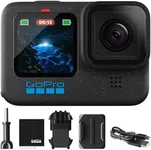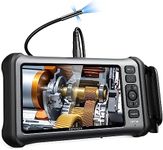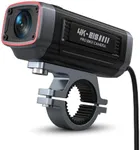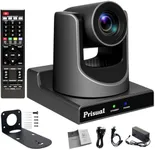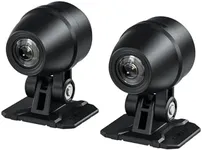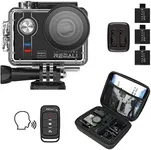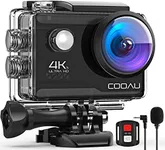Buying Guide for the Best Underwater Cameras
Choosing an underwater camera is all about making sure the camera fits your specific needs, whether you're snorkeling casually, diving deep, or capturing stunning underwater wildlife. The right camera should balance easy handling, durability, and image quality. Think about how deep you plan to go, the kind of photos or videos you want to take, and how comfortable you are with settings and accessories. By looking at a camera's core features and understanding what matters for your use, you'll find it much easier to pick the one that's just right for your underwater adventures.Waterproof Depth RatingThis spec tells you how deep underwater the camera can safely go without getting damaged. It's important because it sets the limit for where you can take the camera, whether it's just in a pool or in the deep ocean. Cameras usually have depth ratings like 10 meters, 30 meters, or even deeper. If you only plan to snorkel or use the camera in shallow water, a lower rating is fine. For scuba diving or deeper explorations, you'll want a camera with a higher depth rating to ensure it works safely at those depths.
Image Quality (Megapixels & Sensor Size)Image quality is primarily affected by the number of megapixels and the size of the camera's sensor. Megapixels tell you how detailed your photos can be, but bigger isn’t always better if the sensor is small. Higher megapixels with a bigger sensor provide sharper and clearer pictures, especially in the challenging lighting underwater. If you mostly take snapshots for sharing online, moderate megapixels are enough. If you want to print large photos or crop images, consider higher megapixels and better sensor quality.
Video CapabilitiesVideo capabilities show what kind of underwater videos you can shoot—this can range from standard HD up to 4K. Higher video resolutions provide sharper and more detailed footage. If you only want to capture family swimming fun or short clips, basic HD video will do. If you plan on sharing, editing, or displaying high-quality underwater footage, look for cameras with Full HD, 4K recording, and features like slow motion or frame rate flexibility.
StabilizationStabilization helps prevent blurry photos or shaky videos, which is extra important underwater where it's difficult to stay steady. Some cameras have built-in image or video stabilization to counteract movements. If you often move around or dive in currents, look for a camera with good stabilization features. If you generally stay still and mainly take photos, you can manage with basic stabilization.
Controls and Ease of UseControls and ease of use refer to how simple it is to operate the camera underwater, especially if you're wearing gloves. Cameras have different button layouts, menu designs, or even touchscreen controls. If you're new to underwater photography, user-friendly controls are key so you can focus on enjoying your time rather than figuring out complicated settings. More advanced users may be comfortable with more manual controls to adjust settings for tricky underwater conditions.
Battery LifeBattery life determines how long your camera can function before needing a recharge, and it can drain quicker underwater due to cold and frequent use of screens and flashes. If you take long diving trips or excursions, a camera with a longer battery life is important so you don’t miss important moments. If your sessions are short or you can recharge easily, battery life is less critical.
Durability and Build QualityDurability covers not only waterproofing but also resistance to drops, dust, and sometimes freezing temperatures. A tough build ensures your camera can handle accidental bumps, drops, or intense underwater use. If you’re often in rough environments or carrying the camera on boats and rocks, look for enhanced ruggedness. If you’re mostly in calm water, a standard build is usually sufficient.
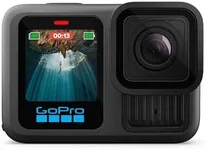
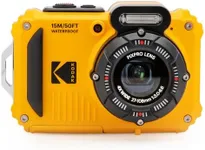
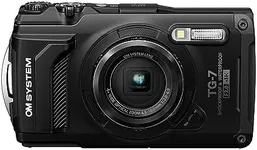
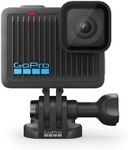
![[FishPRO® 2026 Upgrade] NO.1 HD 108](https://images-proxy.bestreviews.guide/aaaiTUO5B_vuJgMYoqOKWc2_q6A=/0x150/https://m.media-amazon.com/images/I/51VQklT8-vL._AC_CX679_.jpg)

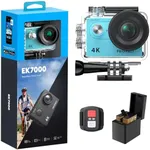
![[FishPRO® 2026 Upgrade] The PRO in](https://images-proxy.bestreviews.guide/ko_aRXceJiknsFVfLpTNhY_vYKg=/0x150/https://m.media-amazon.com/images/I/51p1QKlkVYL._AC_CX679_.jpg)
